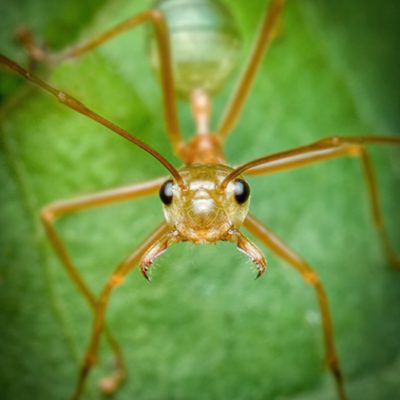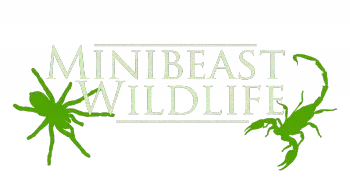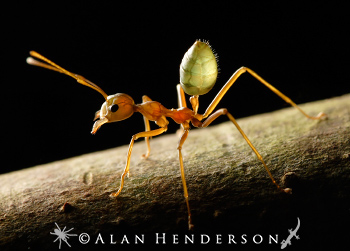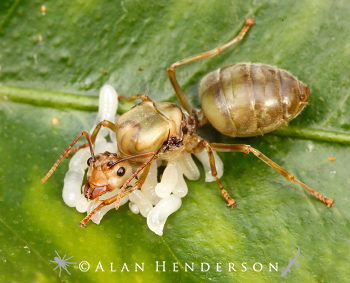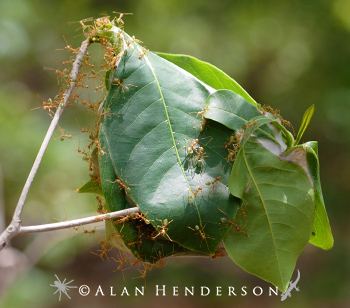AUSTRALIAN INVERTEBRATES
GREEN TREE ANTS
Green Tree Ants (Oecophylla smaragdina) will be familiar to anyone who resides in, or has traveled into the northern parts of Australia. They are one of the most visible and dominant species of ants in many areas of the north. As long as there are suitable trees to nest within they are also quite at home in disturbed areas and have taken much of our environmental modification in their stride.
